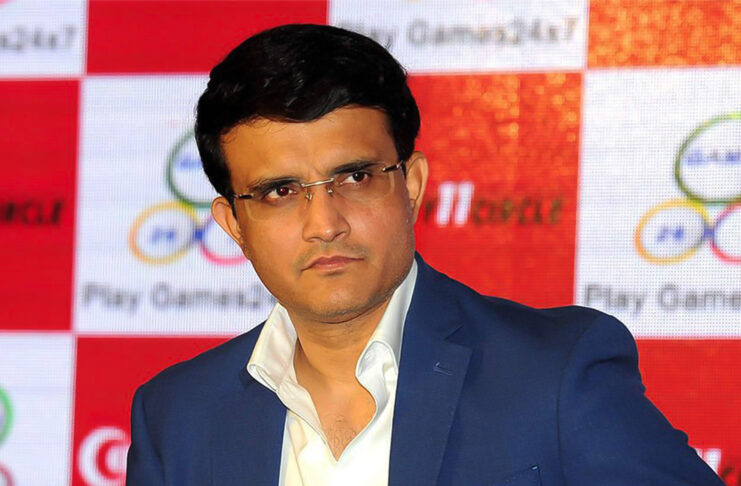Former Indian cricket team captain Sourav Ganguly is set to become only the second national cricketer after Maharaja of Vizianagaram to serve as the President of the Board of Control for Cricket in India (BCCI). Dada is set to be unopposed as the new BCCI President. The former India captain filed his nomination for the coveted post of BCCI president on Monday at the BCCI headquarters in Mumbai.
He was accompanied by former BCCI bosses Niranjan Shah and N Srinivasan as he became the only candidate to file the nomination.
When you look at history, only once before had an India cricketer achieved the rare double. Maharaja of Vizianagaram, who led India in a Test tour to England in 1936.
Despite playing only 3 Test matches for India, the Maharaja of Vizianagaram a.k.a Vizzy served as BCCI President between 1954 and 1956.
Interestingly, former cricketers Sunil Gavaskar and Shivlal Yadav have also served as interim BCCI presidents in 2014. The BCCI elections were scheduled to be held on October 23 but with Ganguly being the only candidate to file his nomination for the top post of Indian cricket, he is set to be elected unopposed.
It was a dramatic turn of events in which he pipped Brijesh Patel to become the frontrunner for BCCI President post. Also, Ganguly, however, will be able to serve as BCCI president only until September 2020 due to the cooling-off period.
He has been holding posts in the Cricket Association of Bengal for the past five years where he currently serves as President and an administrator can only serve six years on the trot.
Here we look at the Sourav Ganguly Journey from a cricketer to becoming the new BCCI President.
Sourav Ganguly had a horror start in Indian cricket
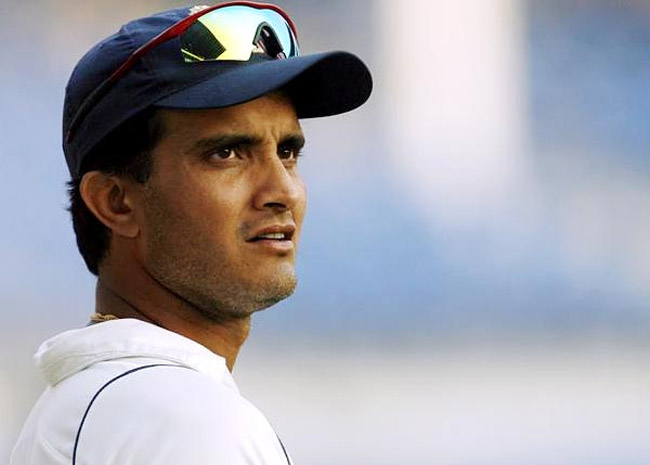
The iconic Sourav Ganguly Journey began when the Bengal cricketer was chosen for India’s tour of Australia in 1991-92. The southpaw had his ODI debut in the match against West Indies at Brisbane, on January 11, 1992.
The left-handed batsman struggled, making only three runs from 13 balls and was trapped lbw by Anderson Cummins before losing his place in the squad.
However, more than the failure, it was his attitude that came into focus. There were allegations that he was rich, spoilt and not a team player. Reports also suggested that the young Bengal batsman refused to carry drinks on to the field for a senior player, a claim that Dada has denied.
In his biography ‘A Century Is Not Good Enough’, Sourav Ganguly maintains that it was he who was actually mistreated on his first tour. According to him, a legendary player from that squad told him that he didn’t deserve to be on that tour. Ganguly also had added that Sanjay Manjrekar asked him to behave properly and improve his attitude.
Dada announced his arrival in England
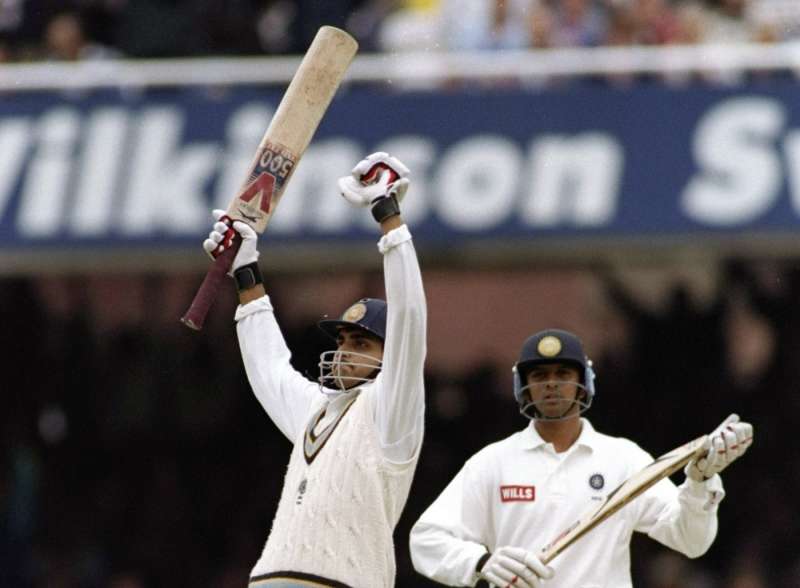
Sourav Ganguly Journey recalled to the Indian side in 1996 for the tour of England. There were widespread allegations that he made a comeback through the informal East Zone quota system.
However, all things were dismissed when Dada made his debut at Lord’s — scoring 131 runs. Another debutant, who became a legend of Indian cricket — Rahul Dravid — narrowly missed out on a ton.
In the second Test match at Trent Bridge, he proved his specialty. Ganguly ended up scoring 136. His real quality was seen and one got to witness the caressing off-drives that won hearts of every India fan. Although India lost the series 0-1, Ganguly had announced his arrival.
ODI cricket: Growing in stature with Tendulkar
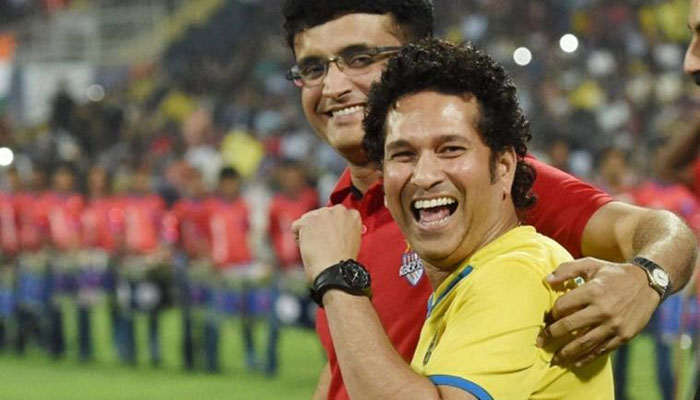
Sourav Ganguly Journey made a promising start and was made to open for the first time in ODIs during the Titan Cup at Jaipur on October 23, 1996.
This was the beginning of his fruitful partnership with maestro Sachin Tendulkar. In that match, the duo added 126 runs, with Tendulkar making 64 and Ganguly chipping in with 54.
Although India went on to lose the match by 27 runs, it set the tone for things to come. The two classy batsmen went on to dominate ODIs for the better part of the next decade.
Till date, the two remain as the most prolific ODI opening partnership in world cricket. They opened together in 136 innings and amassed 6,609 runs at an average of 49.32.
They amassed 21 hundred and 23 fifties between them with the highest partnership of 258.
Captaincy and taking command in the most difficult period
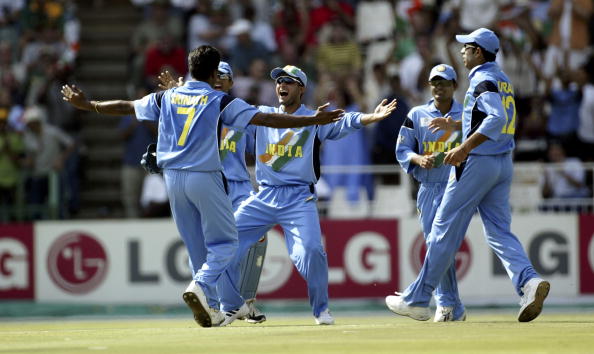
Ganguly took over as the leader of Team India during a tumultuous time. During that phase, it was a period of the match-fixing saga.
Tendulkar was unable to bear the pressure and resigned as captain with Indian cricket on the decline. India needed a new voice. They needed someone who could come in and take control.
Sourav Ganguly Journey as a captain brought a vision and quickly got together a bunch of talented youngsters who would go on to stamp their authority in world cricket.
Under Ganguly’s stewardship, India went on to beat one of the strongest ever Australian sides 2-1 at home in 2001. The team under Ganguly reached the final of the 2003 World Cup. Dada’s side also started winning Tests abroad — most notably holding Australia to a 1-1 series draw Down Under in 2003-04.
Nobody can forget the infamous shirtless celebration on Lord’s balcony after winning the 2002 NatWest tri-series final against England. Team India also beat Pakistan in Pakistan in both Tests and ODIs.
Dada evolved several youngsters into match-winners. Players such as Virender Sehwag, VVS Laxman, Harbhajan Singh, Yuvraj Singh, Zaheer Khan, and Mohammad Kaif were some of the notable names.
The ugly saga with Greg Chappell
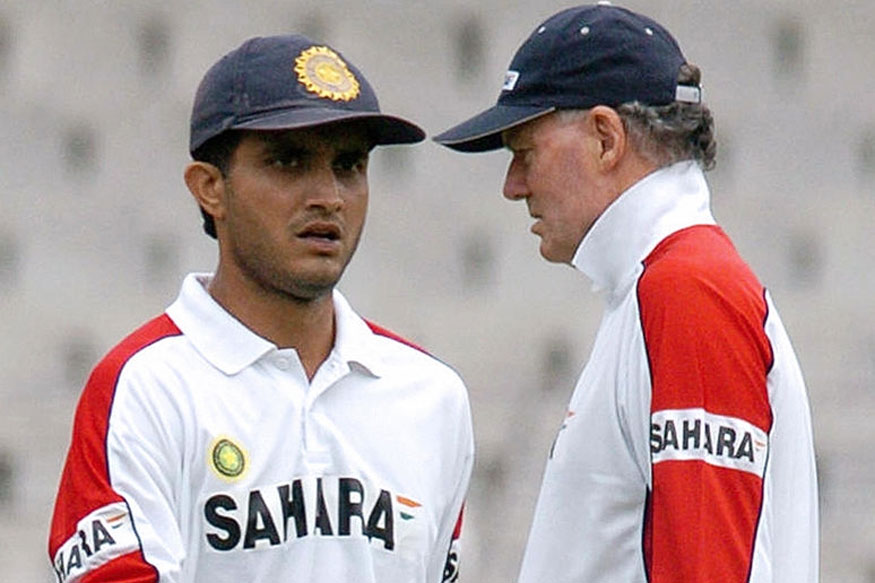
Ganguly’s downfall began in 2004 when he pulled out of the Nagpur Test against Australia. He was allegedly unhappy with the grass on the surface. India went on to lose the series, and critics started criticizing Ganguly’s head. Moreover, his own poor form also resulted in further criticisms.
Things took a turn for the worse when Ganguly and coach Greg Chappell’s spat became a national headline. During the tour of Zimbabwe in 2005, Ganguly went public with his dislike over the coach’s suggestion that he step down from captaincy owing to his poor form.
Chappell didn’t want Dada as skipper and once the fracas was out in the open, allegations and counterclaims flew thick and fast. The irony was that Ganguly had recommended Chappell for the role of the coach after the latter had helped him during the 2004 Australia tour.
Ganguly’s tenure as captain ended after Rahul Dravid was appointed as skipper in November 2005.
Sourav Ganguly Journey in IPL 2008

Dada did make a return and played under the leadership of Dravid and then MS Dhoni.
Following an ordinary Test series in Australia, where he scored 235 runs, he was axed for the series to follow. He made a return later on and scored a priceless 87 on a crumbling batting surface at Kanpur against South Africa to help India clinch a win.
Amidst growing speculation about his future, Ganguly announced his retirement prior to the Border-Gavaskar Trophy in 2008, stating the series against would be his last. He signed off with 85 and 0 (first ball) in his farewell Test at Nagpur.
He was appointed as the skipper of Kolkata Knight Riders in the IPL in 2008. However, the next year he was removed as KKR skipper, only to return back as skipper in 2010. He featured for Pune Warriors India later and announced his retirement in 2012.
In 2015, Dada was appointed as the President of the Cricket Association of Bengal.
What is Dada eyeing in his new role?
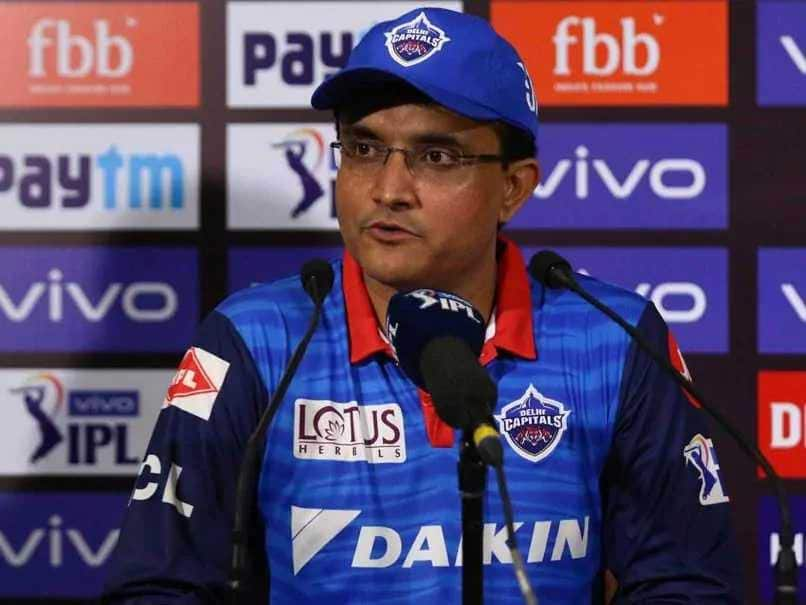
Dada revealed post the announcement that he is eyeing a quick fix and is looking to get BCCI back in order after the recent scenario of the uncertainties in the last three years.
“I wasn’t aware (of my name announcement) until 10:30 PM yesterday. Even when I became captain in 2000, there were issues going around. It’s always great to be looked at as someone who can do things in difficult situations,” Ganguly said. “It’s a very important time in Indian cricket administration, given what’s happened in the last three years.“
“This eight-man team, announced by Rajiv Shukla, will try and get BCCI back in order. To be in a position where I can make a difference along with the team would be extremely satisfying. Hopefully in the next few months, we can put everything in place and bring back normalcy in Indian cricket,” he added.
“I have been very vocal about looking after the first-class players, especially the time they invest. First-class cricket is the base, the strength. I have written so many times in the last few years that the remunerations need to increase, and increase manifold. So that’s going to be a priority.”

